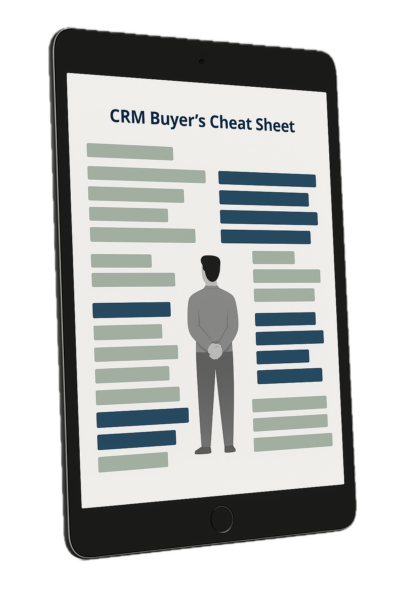Marketing automation is a technology that holds great promise for many organizations.
But what Peter Dicken first wrote several decades ago in his book Global Shift continues to hold today:
… technology in, and of, itself does not cause particular kinds of change. It is, essentially, an enabling or facilitating agent.
Yet marketing automation continues to be deployed at organizations where there’s a general perception that this type of technology will cause change and produce results.
High Ticket List Emailing
To put some relative costs in perspective, here is a quick comparison between the price of a popular email marketing system and the price of two popular marketing automation systems.
For 10,000 database contacts, MailChimp costs $900 per year, HubSpot’s midrange version costs $15,000 per year, and Pardot’s midrange version costs $24,000 per year. (Here’s additional marketing automation vendor pricing).
Based on these numbers, when a higher-end marketing automation system is used for nothing more than what can be accomplished with MailChimp, an organization can end up paying at least 25 times more per year than it needs to.
Because marketing automation vendors don’t want their customers to experience this outcome, many of them have a mandatory onboarding (a.k.a implementation) session and fee.
Required onboarding makes sense, but isn’t always enough to prevent a marketing automation system from becoming a very expensive list marketing system. For some organizations, mandatory onboarding is akin to giving sailing lessons after the boat has already set sail.
A more comprehensive approach includes defining and documenting your digital marketing strategy before investing in software.
A common approach to buying enterprise software is to start by rounding up vendors for demos. A host of valuable features and capabilities is presented by each vendor. The result of the demo-first sequence is that the process can drag on longer than you, as the buyer, or the vendor’s sales rep wants it to. And when you do finally make a vendor decision, you may not be fully prepared to leverage the technology.
Preparing for Marketing Automation
As we’ve written before with regard to CRM, an approach to consider is slowing down the process to ultimately speed it up. What this means is not rushing to vendor demos before some foundational work has been done.
Here are just a few groundwork items to consider:
Educate your marketing team, sales leaders and executives as to what marketing automation is and how it should work. Don’t assume that everyone knows a lot about the function and capabilities of marketing automation systems.
Assess the current digital marketing landscape. Today, the digital marketing landscape may consist of nothing more than a website, a list email marketing system, a Facebook page and a Twitter account. But, it’s your starting point.
Learn about and catalog your company’s buyer personas by talking to salespeople, sales engineers and others who interact with customers face to face.
Determine what changes need to be made outside of a marketing automation system. For example, should you add a WordPress blog to your website sooner rather than later?
Figure out what your initial traffic sources will be. Organic search, social, Adwords, Facebook ads?
Develop a couple of initial campaigns. If you are a multi-product or multi-service company, your first campaign could focus on one product or service and one audience for that product or service.
Start creating content. There’s no time like the present. Further optimize existing product and service pages. Develop one or two initial downloadable content pieces (gated and ungated). Mock up what will be your first landing page. Start blogging.
Map out how and where leads will flow. What will be the general rules for determining when a lead will be routed to sales and to which individual or team it will be routed?
Oh yeah — I almost forgot to mention email.
Sketch out targeted nurture sequences for those who download your starter gated content, based on what you know about them. Focus on value to the recipient.
The approach we like is to pre-develop playbooks for each campaign. The playbook is a synthesis of the above plus other foundational efforts.
By first laying the groundwork, you will get through the product evaluation and buying process faster. You will likely be more successful with whichever marketing automation system you end up selecting.





